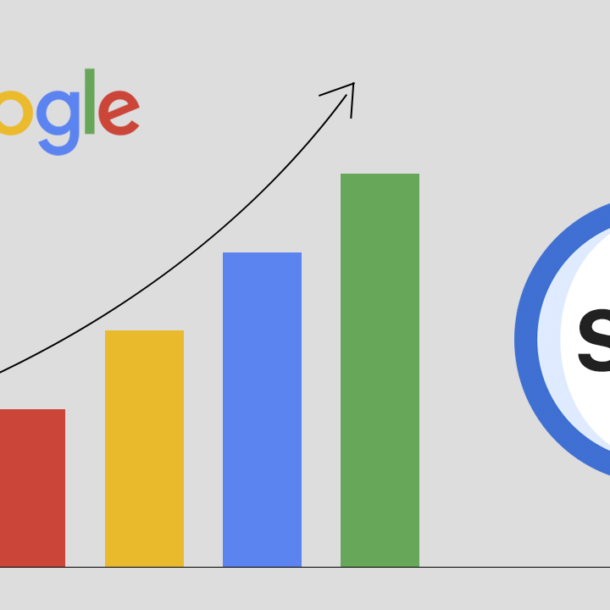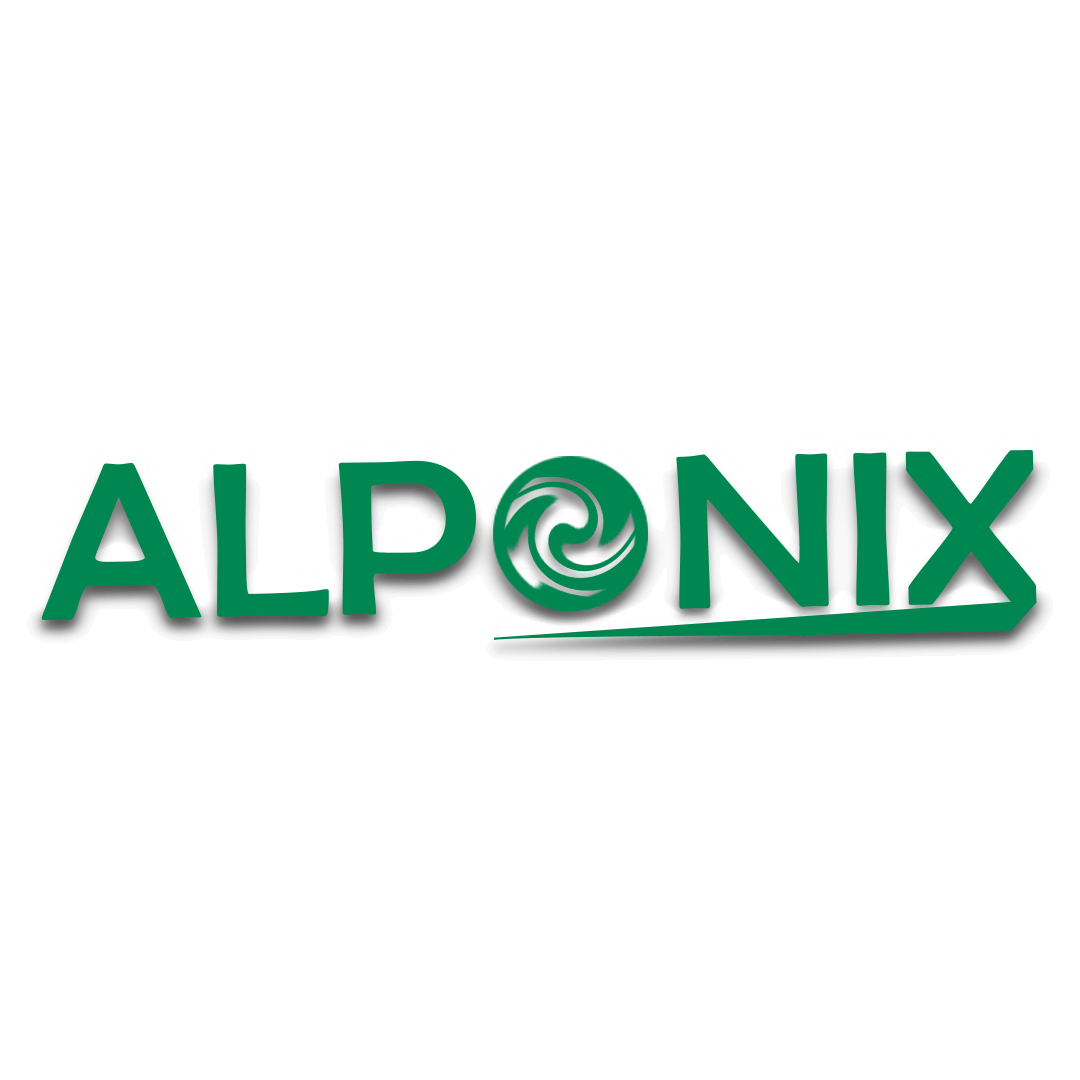

Close

What is Flutter?
Google created the cross-platform Flutter app development framework. It has a Dart language foundation. 2018 saw the release of the first stable version.
By employing a single codebase, your app might be simultaneously released to both Android and iOS thanks to cross-platform development. The Dart platform, the Flutter engine, the Foundation library, widget sets, and development tools (Flutter DevTools) are the framework’s primary building blocks.
Why use it?
It vastly simplifies the development process, much like any other cross-platform framework. In other words, Flutter enables you to create an application for several platforms using just a single piece of code.
Flutter-based apps perform better in fields where the aesthetics of the user interface are less crucial. For internal use by staff members, as an illustration, it would be ideal. The use of the company’s internal app by shop assistants to inform consumers of the sizes that are available or whether they have a shirt comparable to it in a different color is fairly widespread in the retail sector.
Startup or tiny new companies are another market for cross-platform mobile applications. The process is quicker and less expensive. For instance, if a company needs to introduce the MVP as a pilot version to the market. Or perhaps the corporation wants to surpass rivals with a new feature once the market has already developed. Coding, testing, and resource conservation don’t need a lot of time.
Pros and cons of using Flutter framework
Flutter has advantages and limitations of its own, just like any other programming tool. This means that it may be excellent for one business and awful for another. Your needs determine every aspect.
iOS vs. Android
Google is the maker of Flutter. Therefore, it has certain limitations with the iOS platform but works flawlessly with Android. On iOS, for instance, it will be rather obvious that the application is not native. On the iPhone, Flutter-created animation and scrolling will appear differently and more similarly to Android.
Performance
Flutter is now the greatest cross-platform framework available, despite some minor iOS difficulties. By using AOT (Ahead-of-Time) compilation, this is accomplished. This indicates that the entire compilation procedure is carried out before the application is run. The system is only slightly burdened and no additional memory needs to be allocated..
Popularity
This framework has the clear advantage of being well-liked. As a result, there are several plugins available that let you utilise phone hardware like the camera, bluetooth, and wifi.
Large global community with meetups, events, and special resources is another excellent reason.
Reliability
Google created Flutter in 2015. Google has since provided support and development for it. Updates are released roughly monthly. The framework is always being improved, which enhances the performance of the application. For instance, you can upgrade your app to gain additional advantages when the new version is released and incorporates changes relating app launch latency.
Somewhere in between
Two native developers (iOS and Android) can have their jobs completed simultaneously by a Flutter developer. On the other hand, you might mix native development and Flutter (to provide a single logic and UI) if the application has a large number of native functions.
Examples
There are numerous instances of businesses that have already integrated Flutter into their products on flutter.dev.
These include:
Flutter is an excellent development tool overall. Cross-platform app development is a fantastic option if your product doesn’t require a lot of native functionality or a 100% native user interface.!

WhatsApp us